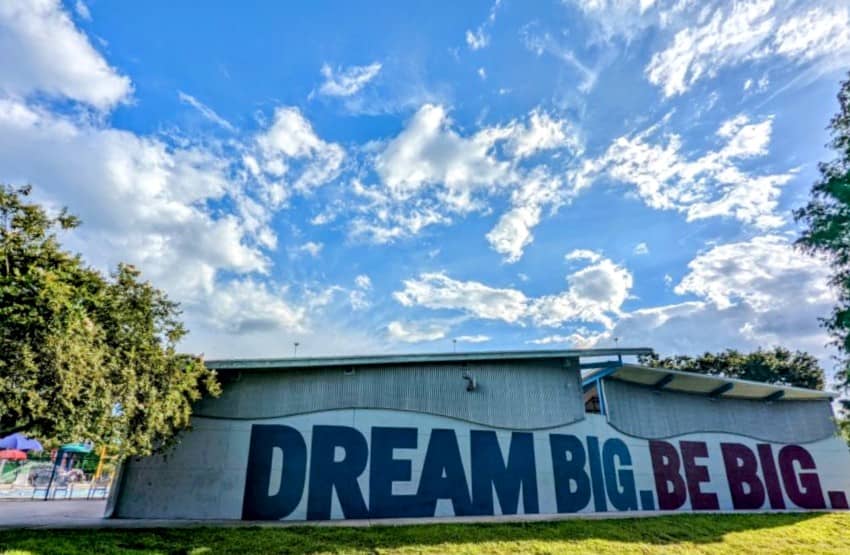City officials have identified 17 priority areas that lack access to healthy food. Those neighborhoods, primarily in South St. Petersburg, have more convenience stores than all other food resources combined.
Residents in the priority areas have disproportionately higher obesity and diabetes rates. Nearly 90% of public school children qualify for free and reduced-cost lunch.
Four of the areas lack single-ride bus routes that pass by grocery stores. However, local leaders believe the Healthy Food Action Plan can mitigate those nutritional food deserts.
Healthy St. Pete, which operates under the Parks and Recreation administration, oversees the initiative. City council members heard a program update Thursday afternoon after officials awarded $300,000 to nine nonprofits.
“We’re really looking to move the needle,” said Mike Jefferis, community enrichment administrator. “I think the goal is to look at these programs and really evaluate which one is giving us the biggest bang for our buck.”


The 17 “Healthy Food Priority Areas.” Screengrab, city documents.
American Rescue Plan Act (ARPA) funding supports the Healthy Food Action Plan, established in November 2023. The program’s three focus areas include supporting the local food economy and community building, improving food access and security, and strengthening community health and wellness.
Priority projects include establishing food distribution hubs, nonprofit grocery stores and home food production networks. Sara Wiemert, food systems planner, and other program leaders also want grant recipients to create or enhance community gardens and provide urban agriculture and healthy eating education.
“We didn’t have experts like Sarah tell the community what they needed,” Jefferis said. “The results here in the plan are really what the residents asked for and what they were demanding from their municipality to help assist, support and fill in the voids.”
City officials accepted Community Food Grant applications from July 19 through Aug. 16. Here are the awardees:
The Kind Mouse received $10,000 to provide weekend meals for infants and children.
Good Neighbors received $10,000 to redirect unwanted food from landfills to senior programs.
Daystar Life Center received $10,000 to promote gardening and nutrition education in priority areas.
The 15th Street Farm received $25,000 to create a food hub and urban agriculture resources.
St. Pete First United Methodist Church received $45,000 to establish food pantries in four priority area elementary schools.
360 Eats received $50,000 to create a CommUnity Kitchen that provides free meals utilizing upcycled ingredients at the James B. Sanderlin Center.
St. Pete Free Clinic received $50,000 for a no-cost grocery store and fresh pantry.
Evara Health received $50,000 to provide food-insecure patients with $50 monthly vouchers for fruits and vegetables.
Reach St. Pete received $50,000 to support a grocery store bus with a fresh ingredient focus that offers health and nutrition education.
“I think the value in the Healthy Food Action Plan really lies in its suggested policies and priorities for the future,” Wiemert said. “We tried to be intentional with making sure it wasn’t just city funding; it was also partnerships and programs in the community that could utilize this document going forward.”
Councilmember Brandi Gabbard called the initiative – and the issues it addresses – “very dear to my heart.” She and everyone else in the meeting stressed the need to ensure its sustainability.
The city has exhausted its one-time ARPA funding. Gabbard asked Wiemert to discern costs for continuing and expanding the program ahead of next year’s budget cycle.
Councilmember John Muhammad credited Wiemert’s community outreach and said those efforts could serve as a model for other programs. “There were several points of entry, which is something we’ve been critical of,” he said.
Program officials will develop a metric for measuring success. Muhammad noted the benefits of separately evaluating grant recipients and the city’s efforts.
He explained that food providers will celebrate serving more people, which “means the problem is getting bigger.” Muhammad wants to measure a reduction in program reliance.
“As an organizer, we’re always trying to organize ourselves out of a job,” he said.

